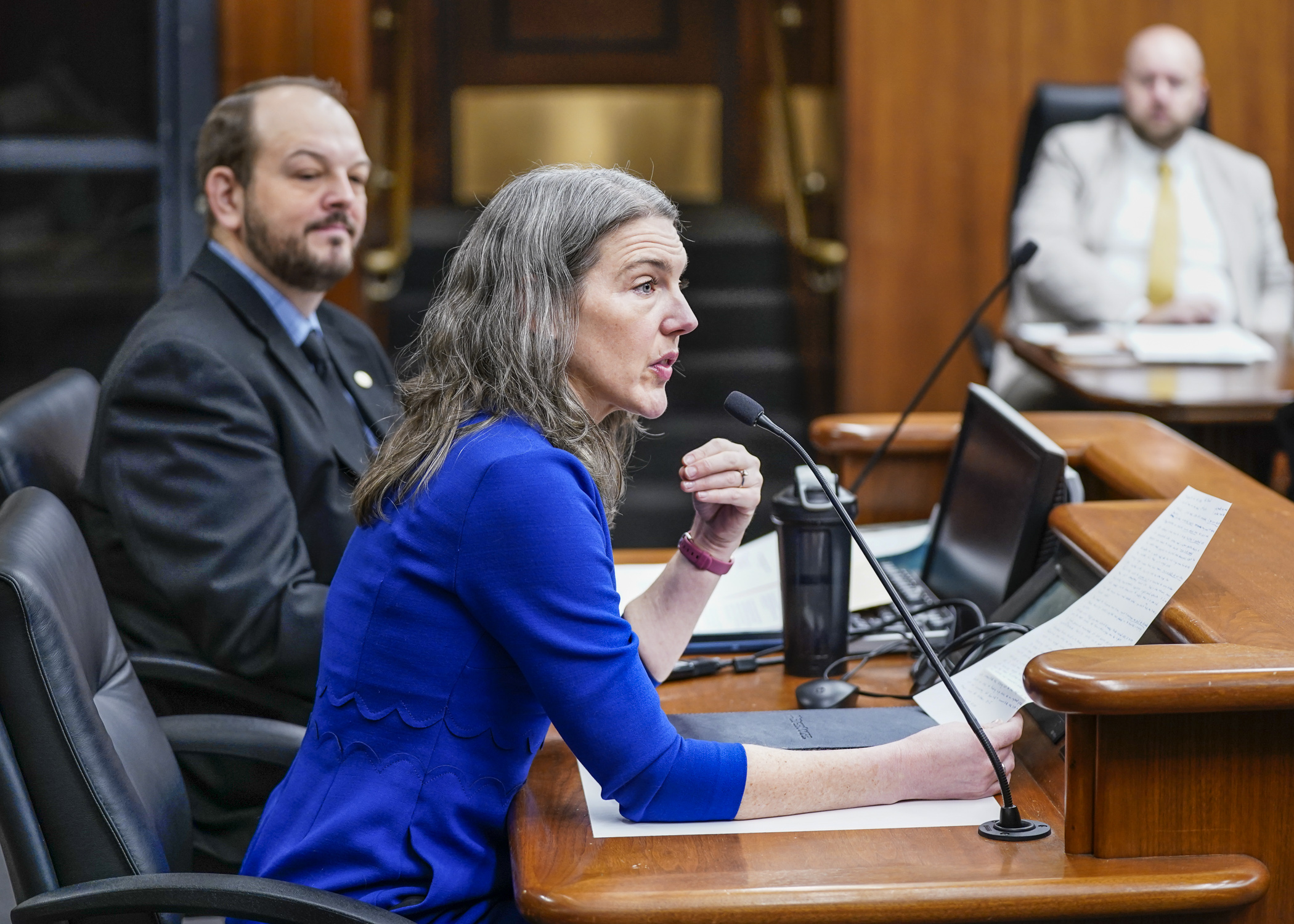Child care shortage in Greater Minnesota could be eased with additional $20 million

The workforce shortage exists everywhere in the state, but it is especially acute in Greater Minnesota.
One way to reduce that shortage is to have affordable child care available to parents so they can return to the workforce, says Rep. Jeff Brand (DFL-St. Peter).
But he said the low population density in Greater Minnesota makes it very difficult for child care centers to be economically viable, resulting in a shortage of 42,000 child care slots in rural areas.
Brand sponsors HF1180 that would “move the levers” by appropriating $20 million in fiscal year 2024 for the Greater Minnesota Child Care Facility Capital Grant program.
The funds would provide up to $500,000 in grants to counties and cities in Greater Minnesota to build new child care facilities to expand capacity. A local match would be required.
“Local units of government already know how best to use these funds,” Brand said, and the 50-50 match “gives counties and communities buy-in and also a shared purpose for providing these services to local communities.”
The House Economic Development Finance and Policy Committee laid the bill over Wednesday for possible omnibus bill inclusion.
“Child care is the business that allows other businesses to be in business,” said Scott McMahon, executive director of the Greater Minnesota Partnership. “… Without available child care, workers won’t relocate to our communities.”
Traditionally, rural areas have relied on family-run, in-home child care businesses, said Clare Sanford, government relations chair of the Minnesota Child Care Association. But many of these business owners in rural Minnesota are retiring and few have found anyone to continue their operations.
Commercial child care centers are therefore needed to step in and fill this need. But Sanford said these are not typically profitable unless they have at least 100 child care slots. With the proposed grants, new child care centers could be financially viable with only 50-70 slots.
Related Articles
Search Session Daily
Advanced Search OptionsPriority Dailies
Speaker Emerita Melissa Hortman, husband killed in attack
By HPIS Staff House Speaker Emerita Melissa Hortman (DFL-Brooklyn Park) and her husband, Mark, were fatally shot in their home early Saturday morning.
Gov. Tim Walz announced the news dur...
House Speaker Emerita Melissa Hortman (DFL-Brooklyn Park) and her husband, Mark, were fatally shot in their home early Saturday morning.
Gov. Tim Walz announced the news dur...
Lawmakers deliver budget bills to governor's desk in one-day special session
By Mike Cook About that talk of needing all 21 hours left in a legislative day to complete a special session?
House members were more than up to the challenge Monday. Beginning at 10 a.m...
About that talk of needing all 21 hours left in a legislative day to complete a special session?
House members were more than up to the challenge Monday. Beginning at 10 a.m...